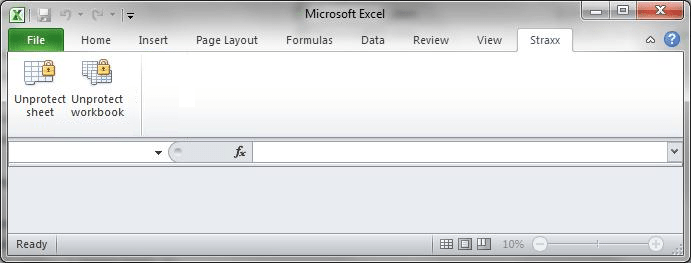Excel Protection Explained: Worksheet vs. Workbook Level Protection
※ Download: Excel workbook vs worksheet
Mathematical equations and physics formulas are also programmed in it for giving other options. The Worksheet object contains other objects, such as the Range object. A file, which contain sheet to work on, is called as workbook. On the Tools menu, point to Protection, and then click Protect Shared Workbook or Protect and Share Workbook.
:max_bytes(150000):strip_icc()/excel-worksheet-workbook-definition-575420115f9b5892e87314a4.jpg?full=1)
Count will include only worksheets: 4 Note: In VBA you should use Worksheets instead of Sheets when referencing a sheet from another sheet in a formula. It is still the most use app in the world and provides many options for the user to enter data and arranging it properly. A workbook defines the data of the worksheets; the worksheets allow for the data to be manipulated for specific purposes.

Excel Protection Explained: Worksheet vs. Workbook Level Protection - Conclusion Excel provides ways for data to be protected in worksheets, as well as the overall structure of the workbook. Worksheet Level Protection in Excel 1 So, on the sheet called EmployeeEvaluation, which is the first sheet in the workbook, we would like the employee only to be able to edit cell B16, which is the designated employee feedback cell.

However, we reference every worksheet using the worksheets obj, not the worksheet obj. Is worksheet only used for declaring a variable the only place where I've used so far. In your example, you are trying to select a worksheet from the collection by name, but since one worksheet by itself isn't a worksheet collection, it will not work. When you do ThisWorkbook. Edit: Use Cases Well, use Worksheet when you want it to be clear you are working with a worksheet, when you want to keep your functions clean of multiple responsibilities, and where you want good intellisense support inspecting the Worksheet's members. So if you are taking a worksheet as a parameter to some function for example, a function that finds that last row of data from the bottom in a given column , your function signature could look like this: Public Function GetLastRow ByRef wsTarget as Excel. Row End Function This is nice, because it means you are passing around the actual object you want to refer to, rather than a string or number its name or index. It also means the called function GetLastRow doesn't need to know about which workbook the sheet is in ActiveWorkbook and ThisWorkbook are not always the same. This gives the caller the responsibility to locate the sheet and make sure you get the right one, keeping the function clean. You use the Worksheet object anytime you want to talk about only one sheet. Explicitly declaring your variable as a Worksheet object will give you the intellisense options appropriate to working with a worksheet. And it's clear to a reader that you are working with a worksheet, not a string. Like Orphid has already stated, Worksheets is a of Worksheet objects. When declaring a Worksheet variable, you can explicitly declare it as such. You can also loop through each Worksheet within a Collection. Dim ws As Worksheet For Each ws In Worksheets Debug. Name Next ws So you can see that Worksheet is used in scenarios where you're explicitly referring to a single Worksheet, primarily when declaring a variable. In Excel terminology, wks is also often referred to as an object, but what's important for you to remember is that wks represents an object, it isn't an object in itself.
When prompted, retype your passwords to confirm them. For additional details, refer to our. In the Title box, type a title for the range you're granting access to. Unlock any graphic objects you want users to be able to change. Different programs are useful in this regard, but Microsoft excel is the most commonly used program. In Excel, a worksheet is an amalgamation of a number of cells that hold data pertaining to a certain piece of information. Number of work sheet in work book varies with the program used.



